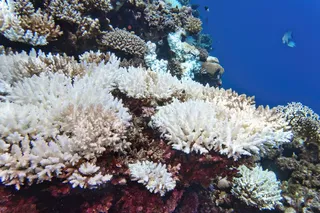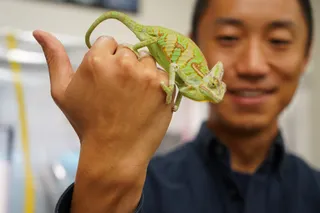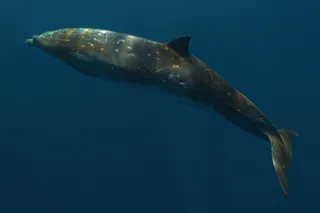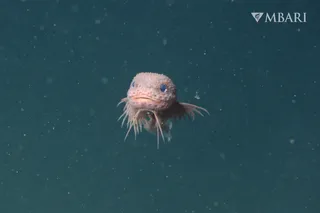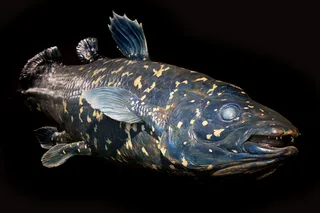Dinosaur books have become more colourful affairs of late, with the dull greens, browns and greys of yesteryear replaced by vivid hues, stripes and patterns. This has largely been a question of artistic licence. While fossils may constrain an artist's hand in terms of size and shape, they haven't provided any information about colour. But that is starting to change.
The fossils of some small meat-eating dinosaurs were covered in filaments that are widely thought to be the precursors of feathers. And among these filaments, a team of Chinese and British scientists have found the distinctive signs of melanosomes, small structures that are partly responsible for the colours of modern bird feathers.
Melanosomes are packed with melanins, pigments that range from drab blacks and greys to reddish-brown and yellow hues. Their presence in dinosaur filaments has allowed Fucheng Zhang to start piecing together the colours of these animals, millions of ...


